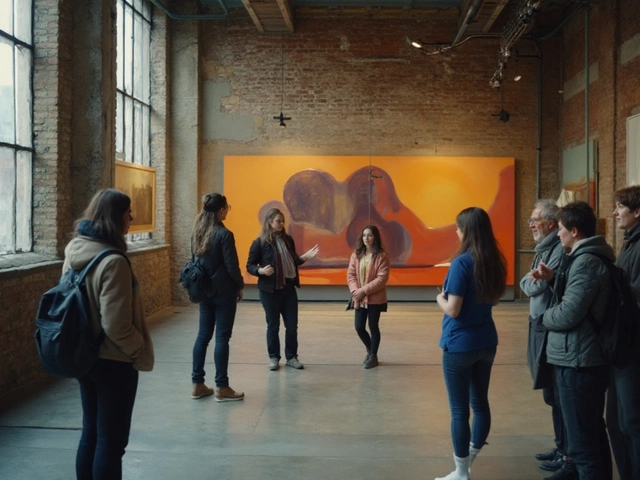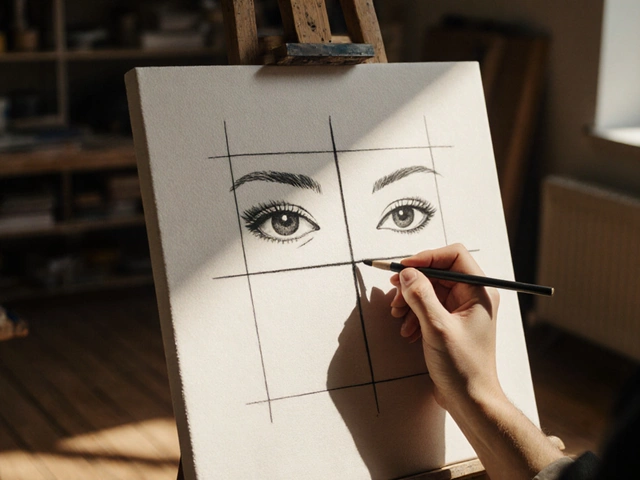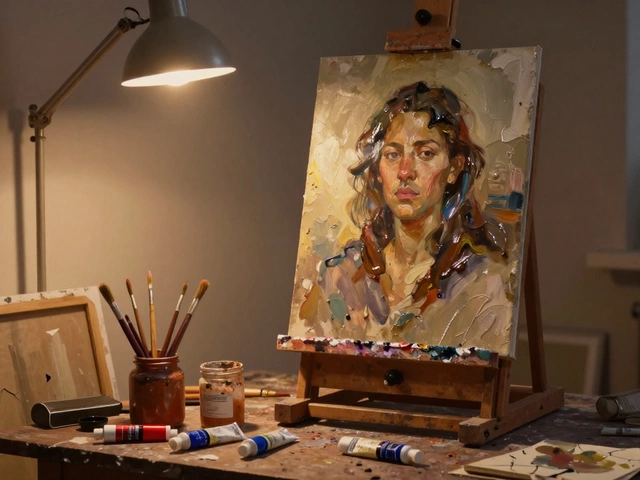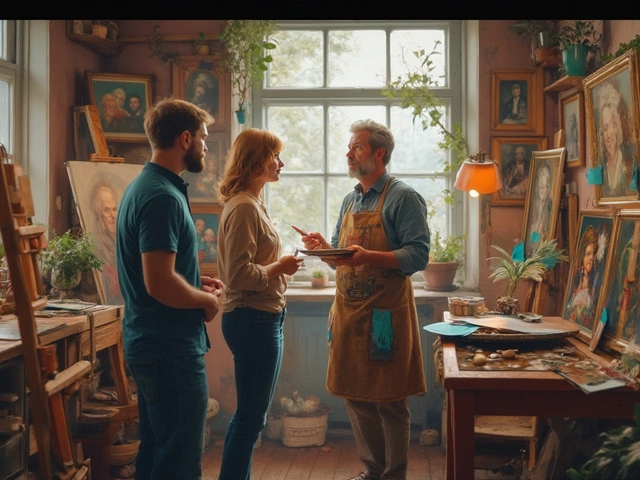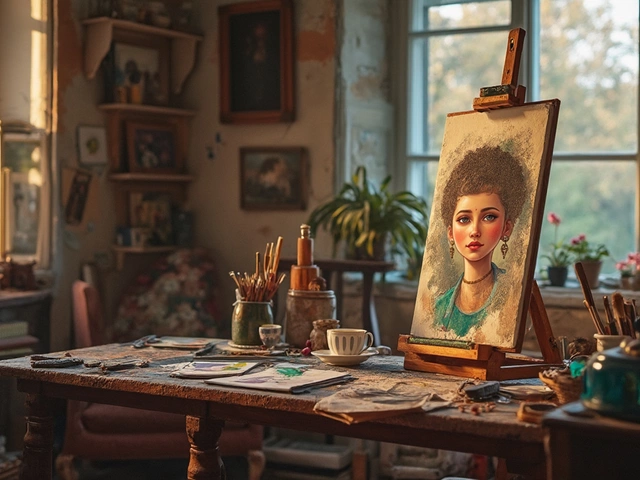Modeling in Art: Guides, Tips & Inspiration
When working with modeling, the practice of building three‑dimensional representations of a subject using clay, wax, digital tools, or live poses. Also known as figure modeling, it helps artists study form, light, and movement before painting, sculpting, or rendering. Modeling encompasses observation and construction, so you first capture anatomy, then shape it into a believable volume. This process sculpture, the art of carving or assembling solid material into lasting forms relies on the same fundamentals: proportion, balance, and surface texture. In a digital workflow, the same rules apply; a 3D model becomes the skeleton for animation, game assets, or virtual reality scenes. By mastering modeling, you create a bridge between raw observation and finished artwork, whether the end product is a marble statue, a hyper‑realistic portrait, or a pixel‑perfect NFT.
Why Modeling Matters Across Media
Artists who can model confidently also excel in portrait, the focused study of a human face and its unique features. A solid portrait starts with a well‑modeled head that respects skull structure and muscle flow. Likewise, digital art, the creation of visual content using software and hardware tools often begins with a low‑poly model that guides color, shading, and lighting. Modeling requires an eye for proportion, a hand for shaping, and a mind for spatial reasoning – traits that directly improve artistic composition, the arrangement of elements within a piece to lead the viewer’s eye. When you model a figure inside a landscape, you learn to blend foreground and background, a skill highlighted in several of our featured guides on landscape painting and figure placement. In short, modeling is the foundation that supports sculptural practice, portrait work, digital creation, and even the way you plan a composition on canvas.
Now that you see how modeling ties together sculpture, portrait, digital art, and composition, the posts below will give you practical steps, historical context, and real‑world tips. From earning money with digital creations to breaking down abstract art rules, each article builds on the modeling mindset. Dive in to sharpen your craft, expand your toolkit, and discover new ways to bring three‑dimensional ideas to life.
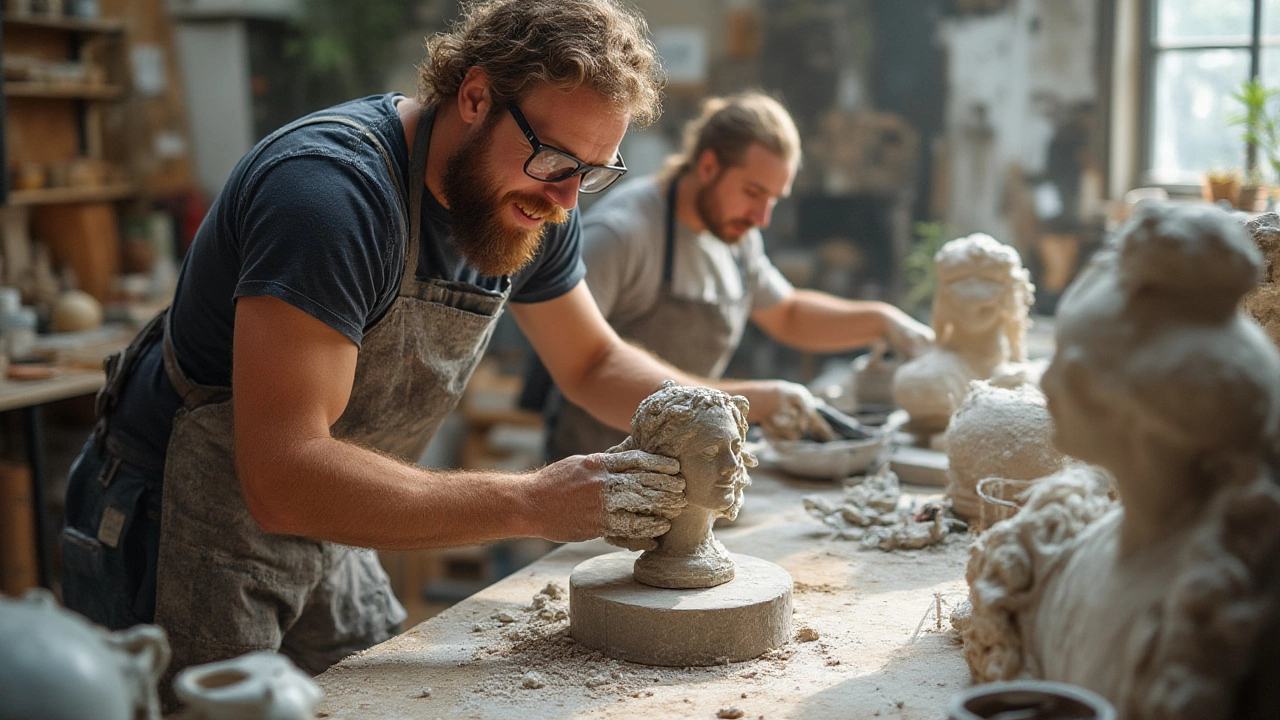
Discover the four basic sculpture techniques: carving, modeling, casting, and assembling. Learn practical tips, real examples, and how artists bring materials to life.
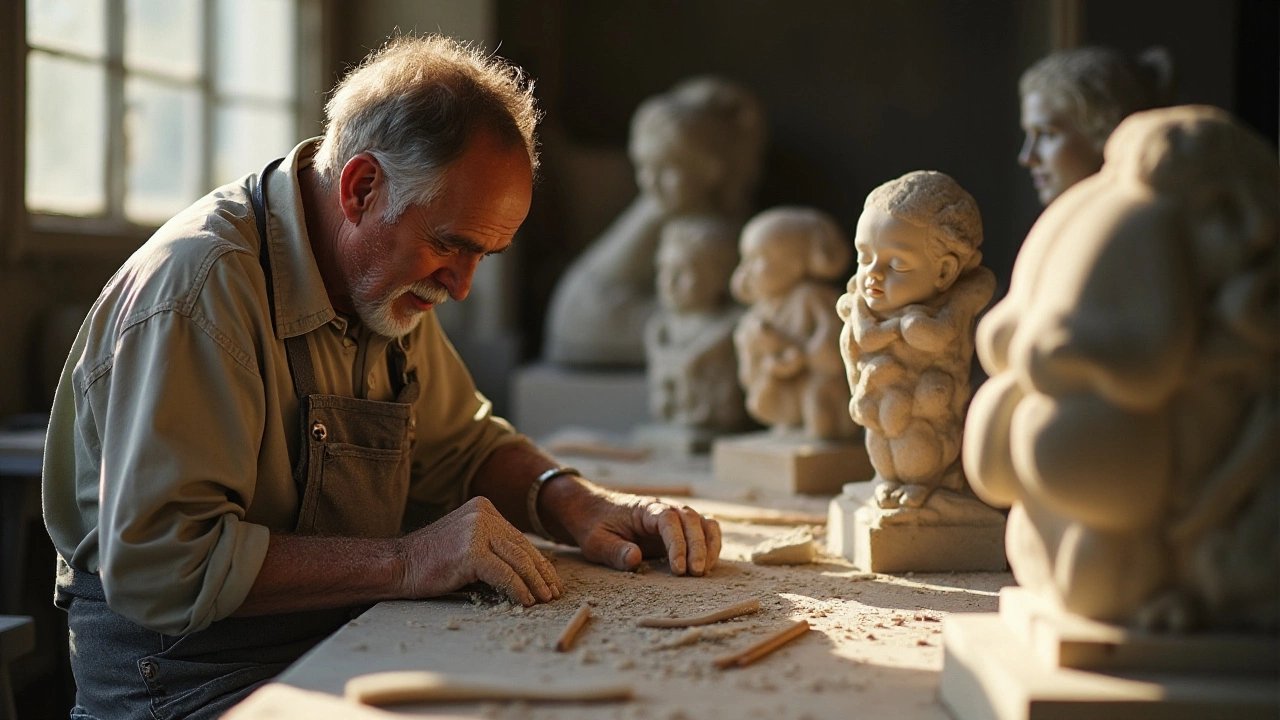
Sculpting and 3D modeling both demand creative skills, but the nature of these skills differs significantly between the two art forms. While sculpting involves a tactile, hands-on approach with physical materials, 3D modeling relies on digital tools and technology. Each art form presents its own unique challenges, with sculptors dealing with physical constraints and modelers navigating the intricacies of software. Understanding the core processes and techniques can help determine the more challenging art form for different individuals.
